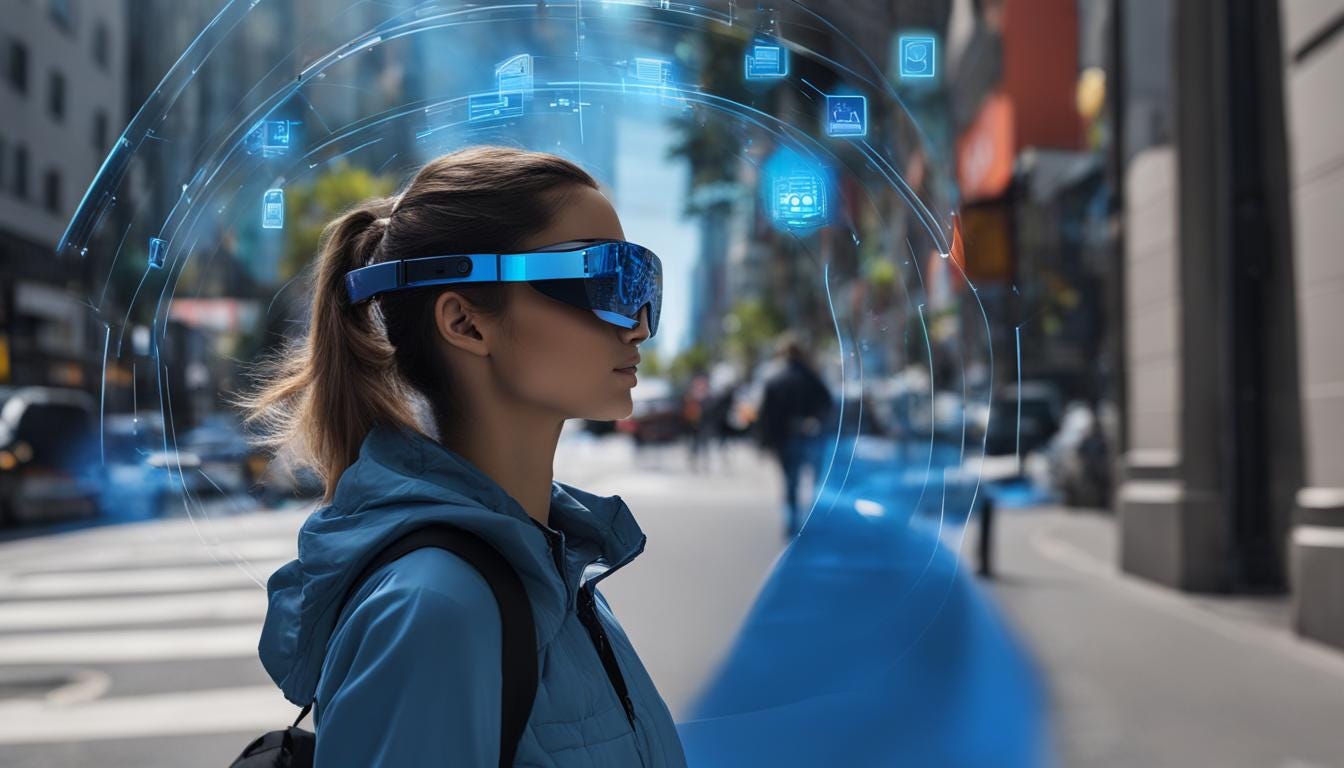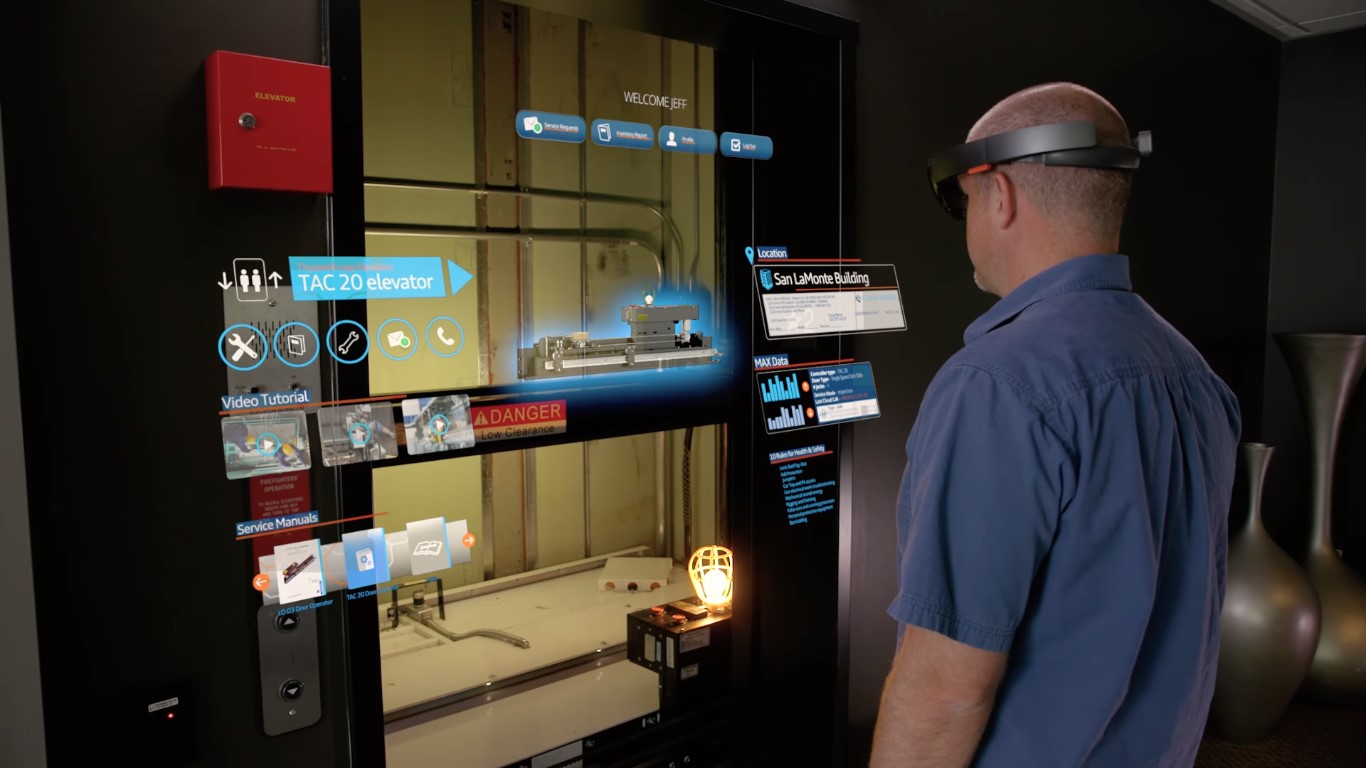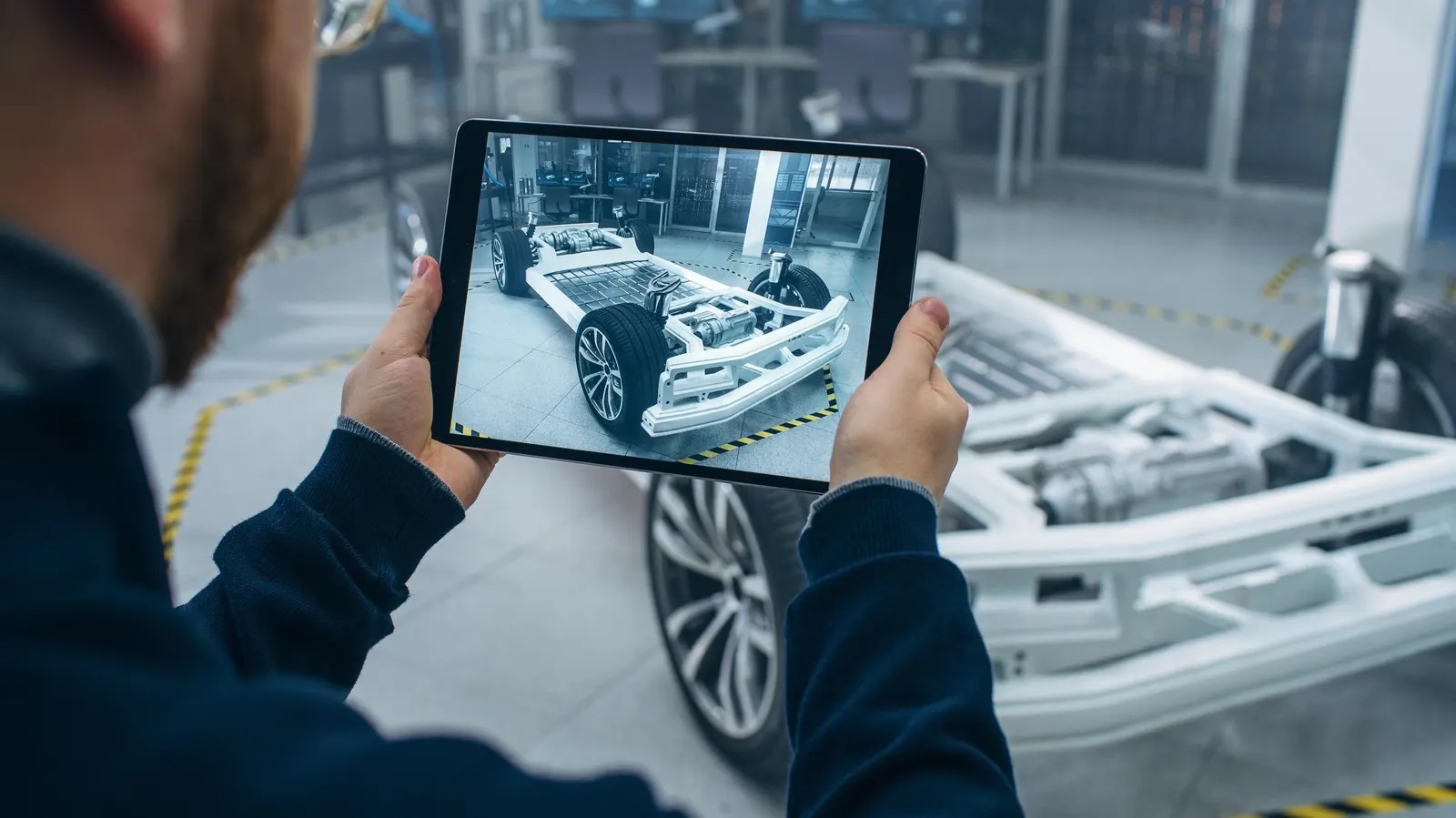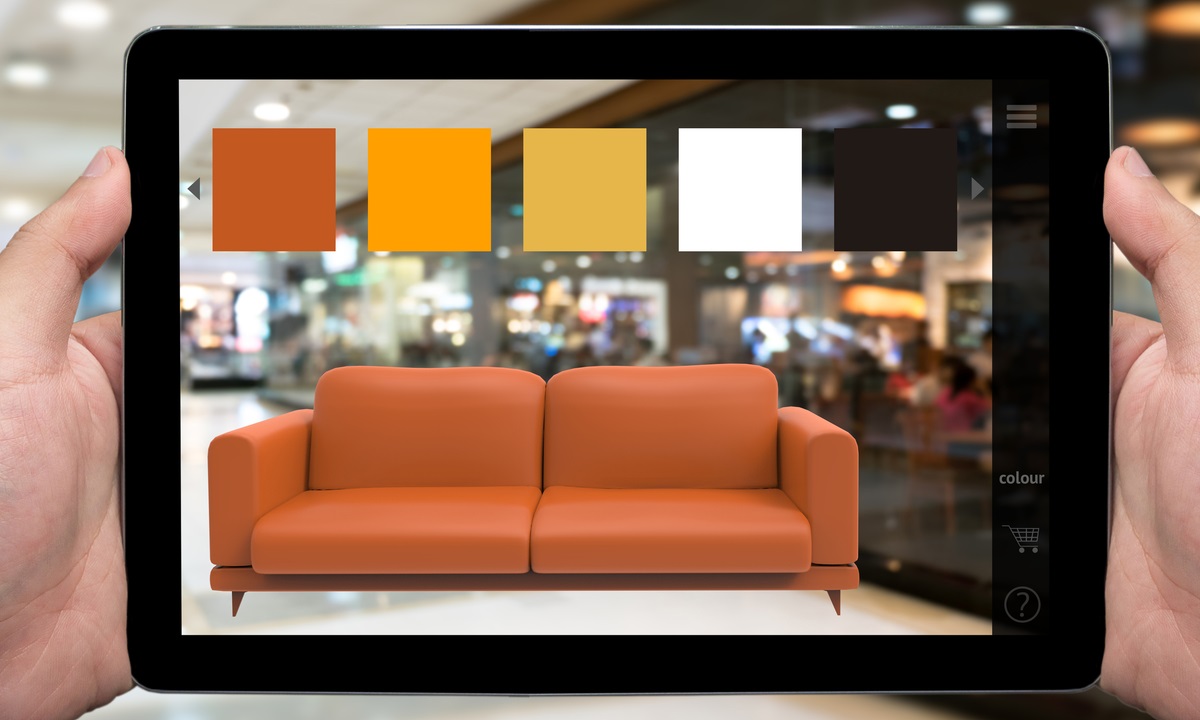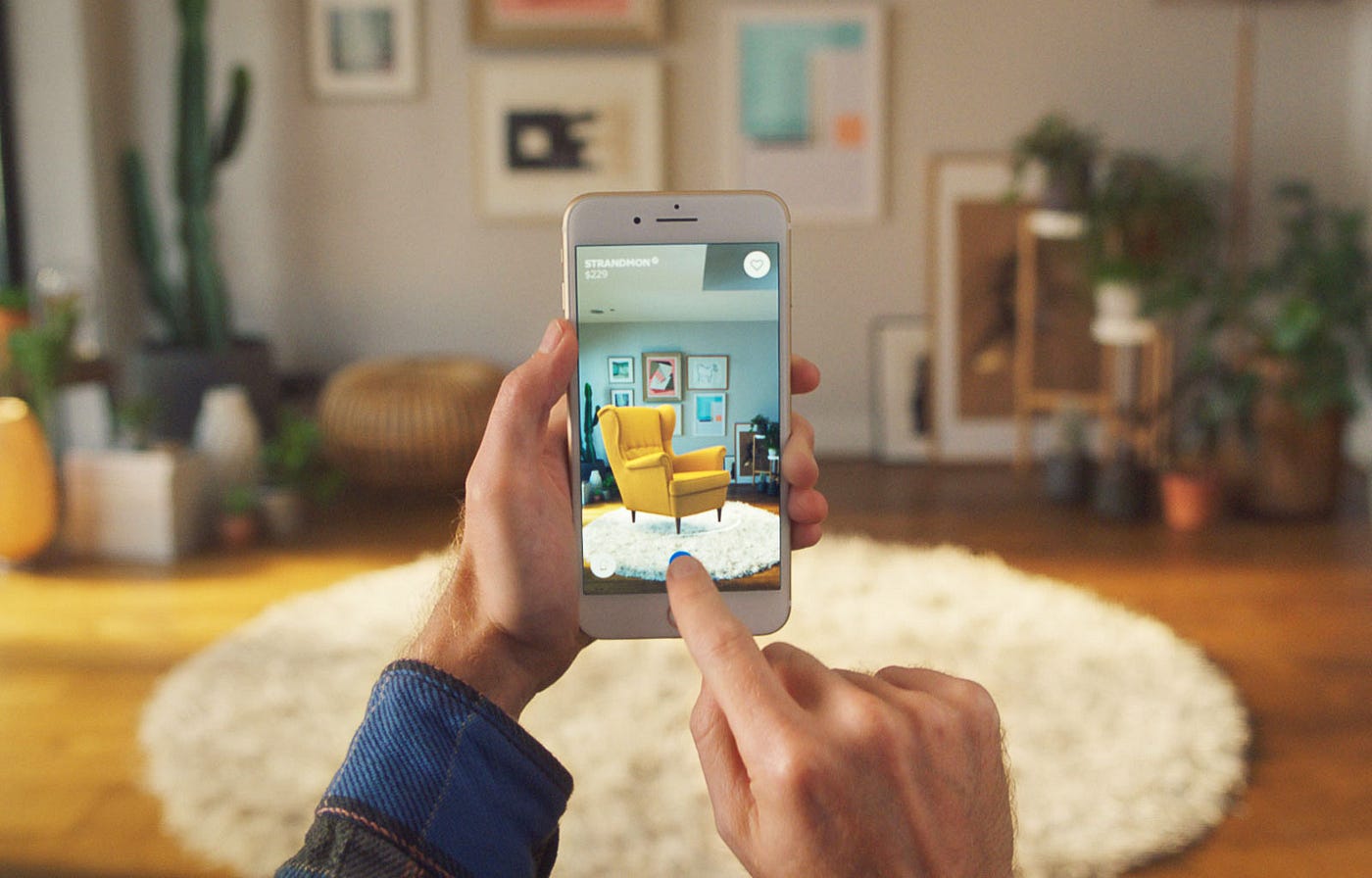Home>Latest News>Technology Trends>Consumers Overcoming the Barriers of AR
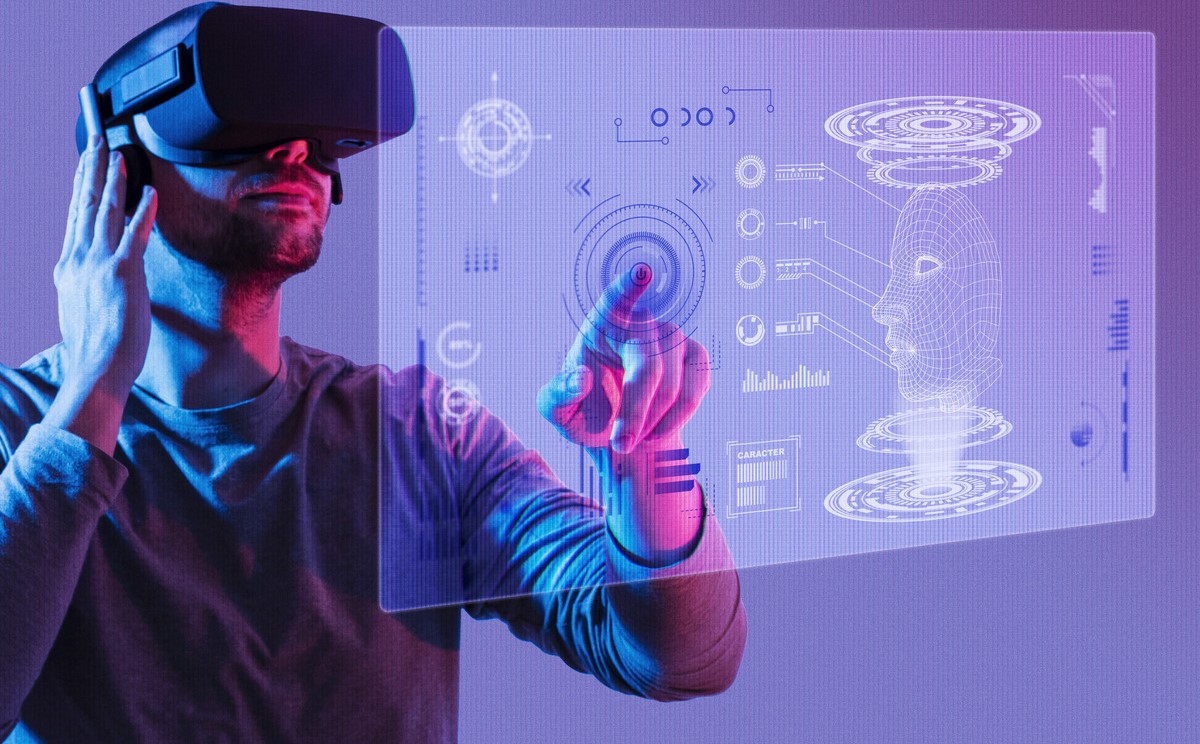

Technology Trends
Consumers Overcoming the Barriers of AR
Modified: September 5, 2024
Discover how consumers are embracing the latest technology trends and overcoming barriers in the world of augmented reality (AR). Explore the impact and potential of AR in shaping consumer experiences.
(Many of the links in this article redirect to a specific reviewed product. Your purchase of these products through affiliate links helps to generate commission for Techsplurge.com, at no extra cost. Learn more)
Table of Contents
The Rise of AR
Augmented Reality (AR) overlays digital information onto the real world using a device's camera and display. This can include virtual objects, text, images, and other interactive elements that enhance the user's experience. The concept of AR has been around for decades, but it wasn't until the advent of smartphones and tablets that it became accessible to the masses.
One of the earliest and most influential AR applications was Pokémon Go, released in 2016 by Niantic. This game revolutionized the way people interacted with their surroundings by using their mobile devices to catch virtual Pokémon in real-world locations. The game's massive success demonstrated the potential of AR to engage users in new and innovative ways.
Since then, numerous companies have developed AR applications across various sectors. For instance, IKEA Place allows users to see how furniture would look in their homes before making a purchase. Snapchat and Instagram have integrated AR filters that enable users to add virtual effects to their photos and videos. In healthcare, AR is being used for surgical training and patient education.
Read more: The Rise of AR Apps
Barriers to AR Adoption
Despite its growing popularity, AR technology still faces several significant barriers that limit its widespread adoption:
Technical Limitations
One of the primary barriers to AR adoption is the technical complexity involved. AR requires sophisticated hardware and software to function seamlessly. The device must have a high-resolution camera, powerful processing capabilities, and advanced sensors to track the user's movements and environment accurately.
Moreover, the development of AR applications is often hindered by the need for specialized tools and frameworks. For example, Unity and Unreal Engine are popular game engines used for creating AR experiences, but they require significant expertise to utilize effectively. This technical hurdle can make it difficult for developers without extensive experience in AR development to create high-quality applications.
User Experience Issues
Another significant barrier is the user experience (UX). AR applications often require users to follow specific instructions or use specific gestures, which can be confusing or frustrating if not clearly explained. For instance, some AR apps may require users to point their device at a specific object or location, which can be challenging if the device's camera is not calibrated correctly or if the environment is cluttered.
Additionally, many AR experiences are designed for younger audiences or those familiar with gaming environments. This can make it difficult for older adults or those without prior experience with technology to navigate and enjoy AR applications.
Cost Concerns
The cost of AR devices and applications is another major deterrent. High-end smartphones and tablets equipped with advanced cameras and processors are often necessary for optimal AR performance. These devices can be expensive, making them inaccessible to many consumers.
Furthermore, some AR applications require specialized hardware such as head-mounted displays (HMDs) like Microsoft HoloLens or Magic Leap One. These devices are typically priced in the thousands of dollars, placing them out of reach for most consumers.
Read more: What Are AR Apps
Regulatory Challenges
Regulatory issues also pose a significant challenge for AR adoption. As AR technology becomes more pervasive, there are concerns about privacy and data security. For example, AR applications often require access to the device's camera and location services, raising questions about how personal data will be handled.
Moreover, there are legal considerations related to intellectual property rights when creating AR experiences that incorporate real-world objects or locations. Developers must ensure they have the necessary permissions or licenses to use these elements in their applications.
Overcoming Barriers: Consumer Adoption Strategies
Despite these challenges, consumers are finding ways to overcome the barriers and integrate AR into their daily lives:
Advancements in Hardware
The rapid advancements in smartphone technology have significantly improved the capabilities of AR devices. Modern smartphones often come equipped with high-resolution cameras, advanced processors, and improved sensors that enhance the AR experience.
For example, Apple's ARKit and Google's ARCore have provided developers with robust frameworks to create AR applications that are optimized for various devices. These frameworks have simplified the development process by providing pre-built tools and APIs that handle tasks such as camera calibration and motion tracking.
Improved User Experience
Developers are increasingly focusing on creating user-friendly AR experiences that are intuitive and easy to use. This includes providing clear instructions, using simple gestures, and ensuring that the application is accessible across different devices.
For instance, IKEA Place uses a simple "see how it looks" approach where users can place virtual furniture in their living room by pointing their device at the space. This approach eliminates the need for complex instructions or calibration processes.
Affordable Options
While high-end devices remain expensive, there are increasingly affordable options available for consumers who want to experience AR without breaking the bank. Budget-friendly smartphones and tablets with mid-range specifications can still provide a decent AR experience.
Additionally, some companies are exploring alternative forms of AR delivery such as smart glasses or smart contact lenses which could potentially offer more affordable options in the future.
Regulatory Frameworks
Governments and regulatory bodies are starting to address the concerns around privacy and data security in AR technology. For example, the European Union's General Data Protection Regulation (GDPR) sets strict guidelines for how personal data should be handled, which helps build trust among consumers.
Moreover, industry leaders are self-regulating by implementing best practices for data protection and transparency. This includes providing clear information about what data is being collected and how it will be used.
Case Studies: Successful AR Adoption
Several case studies illustrate how consumers are overcoming the barriers to adopt AR technology:
Pokémon Go
Pokémon Go was one of the first mainstream AR applications that demonstrated widespread consumer adoption despite initial technical issues. The game's success can be attributed to its engaging gameplay mechanics and the fact that it leveraged existing infrastructure like public spaces and landmarks.
While Pokémon Go faced initial challenges related to server overload and battery drain, these issues were largely resolved through updates and optimizations. The game's popularity also spurred further investment in AR technology by both developers and hardware manufacturers.
Read more: What Are AR Games
IKEA Place
IKEA Place is another example of successful AR adoption in retail. By allowing users to visualize furniture in their homes before making a purchase, IKEA Place reduces the risk associated with buying furniture online without seeing it first.
The app's simplicity and effectiveness have made it a go-to tool for many consumers looking to furnish their homes efficiently. This success story highlights how well-designed UX can overcome technical limitations and cost concerns associated with AR adoption.
Snapchat Filters
Snapchat's AR filters have become an integral part of social media culture. These filters use facial recognition technology to apply virtual effects such as hats, glasses, or even cartoon characters onto users' faces.
The widespread adoption of Snapchat filters demonstrates how AR can be integrated seamlessly into daily life without requiring specialized hardware or complex instructions. This ease of use has made AR accessible even for those who may not be familiar with more advanced AR applications.
Future Outlook: Emerging Trends
As we look ahead to the future of AR technology, several emerging trends suggest that consumers will continue to drive innovation:
Cloud-Based AR
Cloud-based AR solutions are becoming increasingly popular as they allow users to access AR experiences without needing high-end devices. This model leverages cloud computing resources to handle complex tasks such as rendering and processing data remotely.
Companies like Google Cloud and Amazon Web Services are investing heavily in cloud-based AR infrastructure which promises to democratize access to high-quality AR experiences across different devices.
Read more: What Are AR Glasses
Extended Reality (XR)
Extended Reality (XR) encompasses not just AR but also Virtual Reality (VR) and Mixed Reality (MR). XR technologies are expected to converge further as hardware capabilities improve.
For instance, mixed reality headsets like Microsoft HoloLens are already being used in enterprise settings for training and collaboration purposes. The convergence of XR technologies will likely lead to more sophisticated applications that blend physical and digital worlds seamlessly.
Artificial Intelligence (AI)
Artificial Intelligence (AI) is playing a crucial role in enhancing AR experiences by enabling more sophisticated object recognition and tracking capabilities. AI algorithms can analyze real-world environments quickly and accurately identify objects or patterns which enhances overall performance.
For example, AI-powered AR apps can automatically detect objects within a scene and superimpose relevant information such as product details or instructions without requiring manual input from users.
Consumers are overcoming the barriers associated with AR technology by leveraging advancements in hardware, improved UX design principles, affordable options, and evolving regulatory frameworks. As these trends continue to shape the future of AR adoption, we can expect even more innovative applications across various industries.
From Pokémon Go revolutionizing gaming landscapes to IKEA Place transforming retail experiences, each success story highlights how consumers drive innovation by demanding better solutions that integrate seamlessly into their lives.
As we move forward into an increasingly digital world where boundaries between physical reality and virtual environments blur further; it’s clear that AR will play an integral role shaping our interactions – both personal and professional – making everyday tasks more efficient enjoyable experiences overall.

